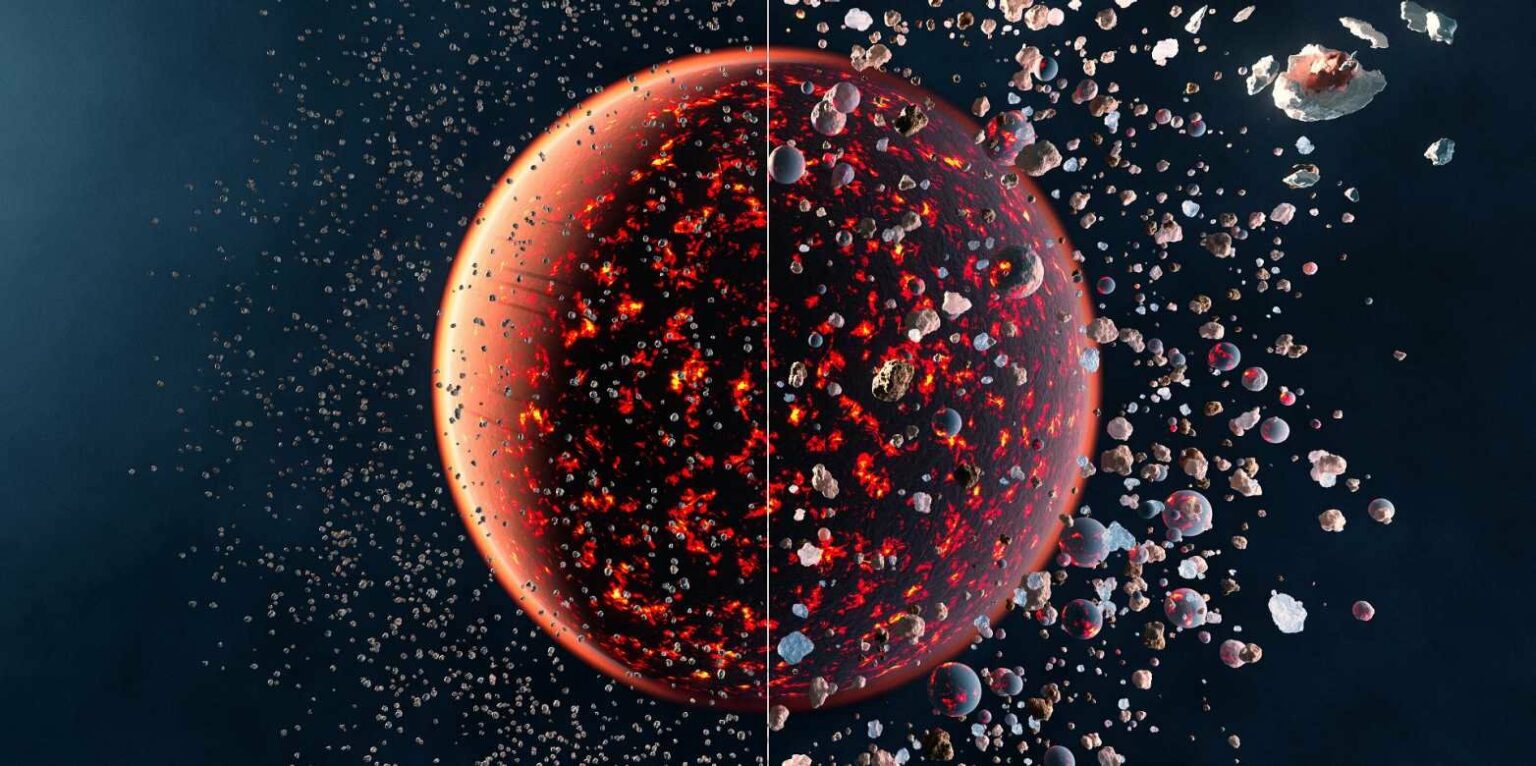Scientists have questioned the theory that the Earth was formed from asteroids similar in chemical composition to modern chondrites. Instead, they built a model of how it formed from different planetesimals.

Why is the isotopic composition of the Earth different from asteroids
An international research group led by scientists from the University of Zurich has questioned the most widely accepted theory about the formation of the Earth. According to it, our planet was formed from bodies similar in composition to carbonaceous chondrites. However, studies of the isotopic composition of solar system bodies do not confirm this.
There are too few of the most volatile substances found in space on Earth — hydrogen and helium. There are significantly fewer of them than in the composition of meteorites and asteroids that have been studied. This is usually explained by the fact that the collisions that occurred after our planet was formed heated it up. And these elements just disappeared into space.
However, scientists were not satisfied with this theory. If this were really the case, then not only hydrogen and helium, but also light isotopes of heavier elements would undergo strong evaporation. There would be much fewer of them in the earth’s crust. And this is not observed.
Model of the formation of the Earth from planetesimals
Scientists have come to the conclusion that there is another explanation for the strange isotopic composition of the Earth. They suggested that it was formed from planetesimals. But they took into account that these small stone bodies could have already passed the gravitational differentiation of the nadra before they formed our planet. That is, the substances on them were no longer the same as in modern chondrites.
Even more scientists have suggested that these planetesimals could have formed at different distances from the Sun. Consequently, they had a different set of chemical elements from the very beginning. Therefore, they decided to simulate the formation of the Earth from such elements to find out whether some combination will give the picture that we are seeing now.
And so that the result would not be too random, at the same time, scientists decided to reproduce the formation of all four inner planets in this model. Oddly enough, they managed to form the Earth in such conditions. Moreover, the current chemical composition turned out to be the most statistically probable, based on the reproduction of all collisions.
That is, our planet is exactly as it should be, based on the assumption that it is formed from planetesimals. Moreover, this result can be transferred to other planets. That is, they were formed in the same way.
According to phys.org
Follow us on Twitter to get the most interesting space news in time
https://twitter.com/ust_magazine
